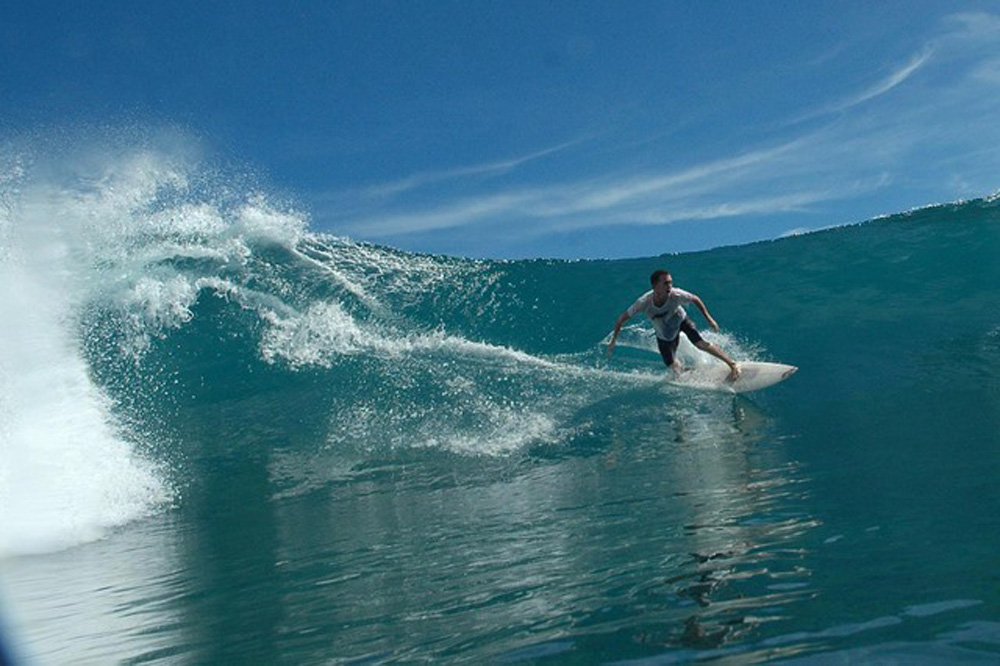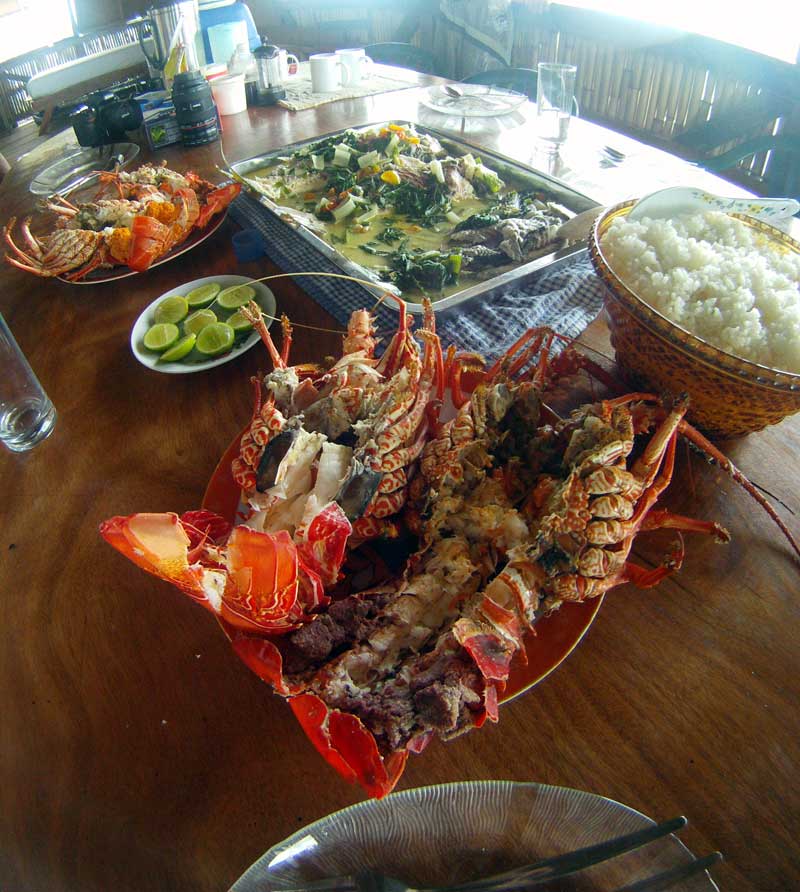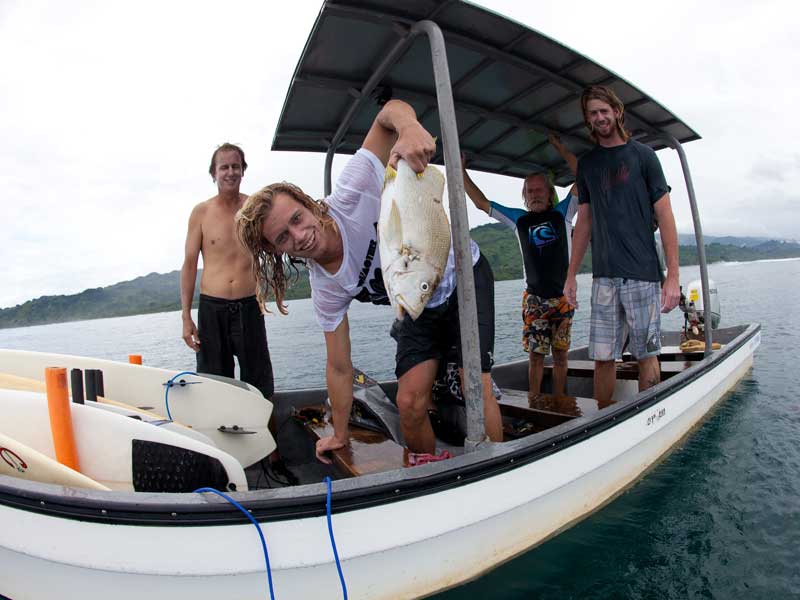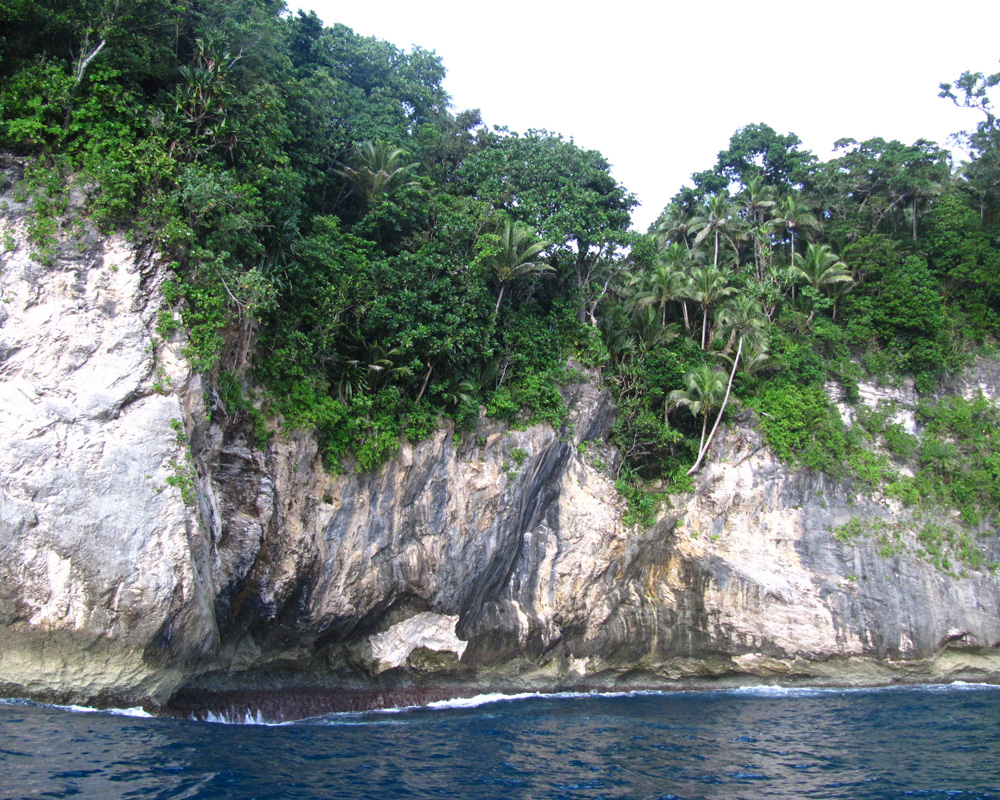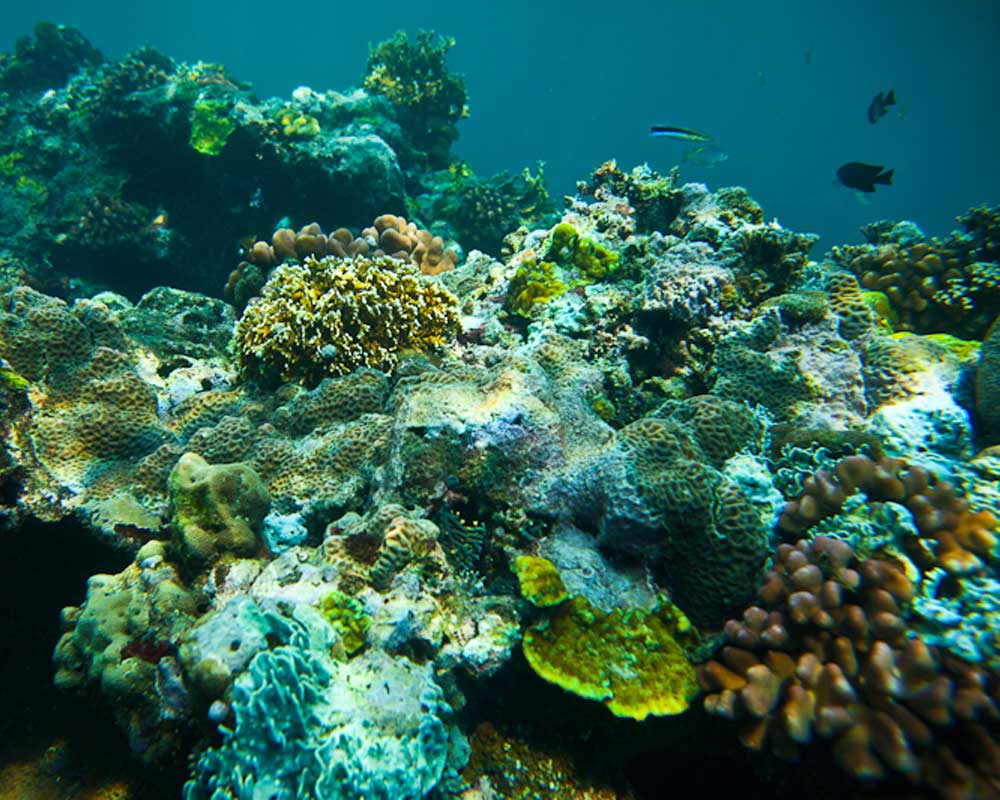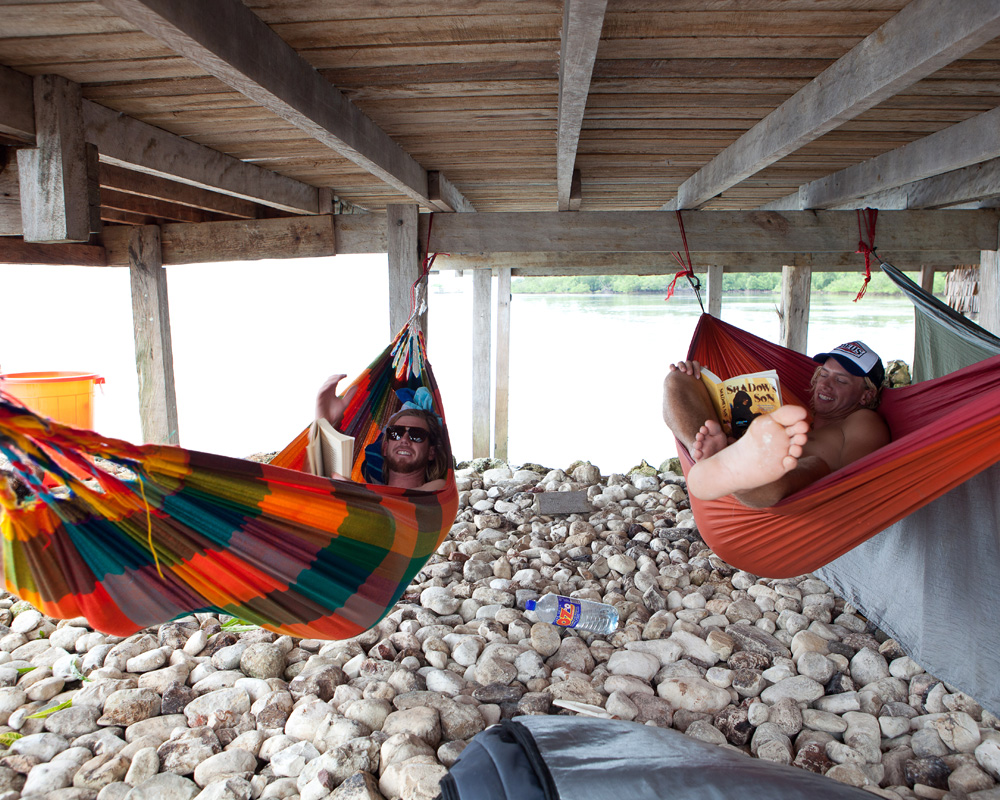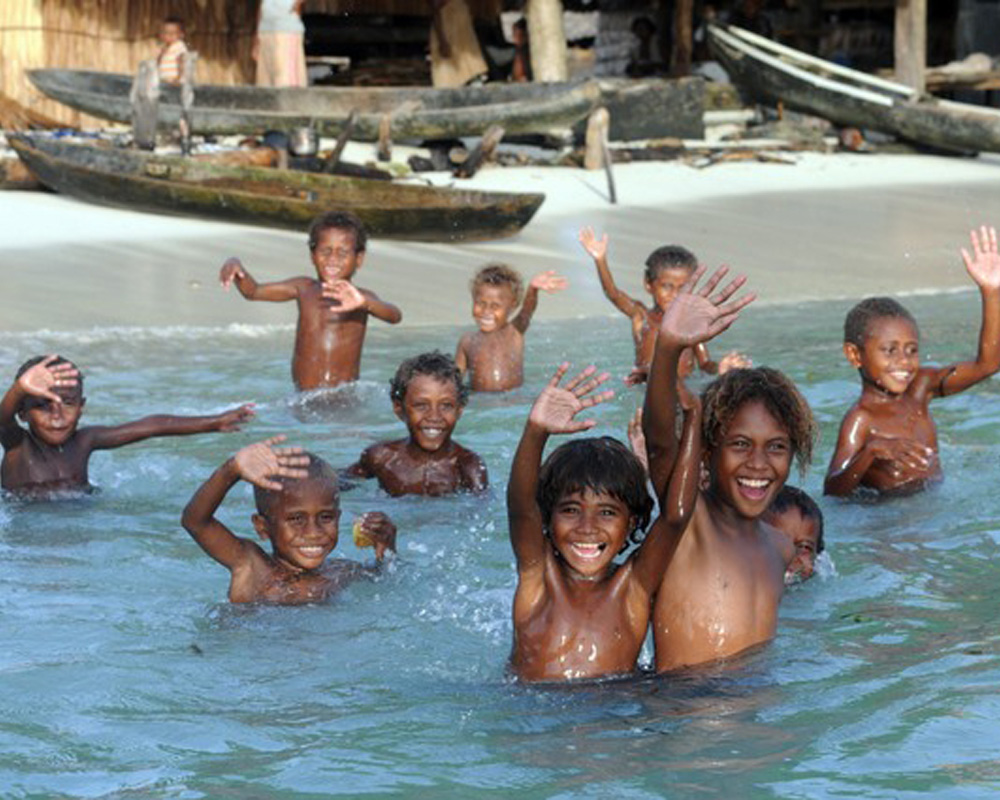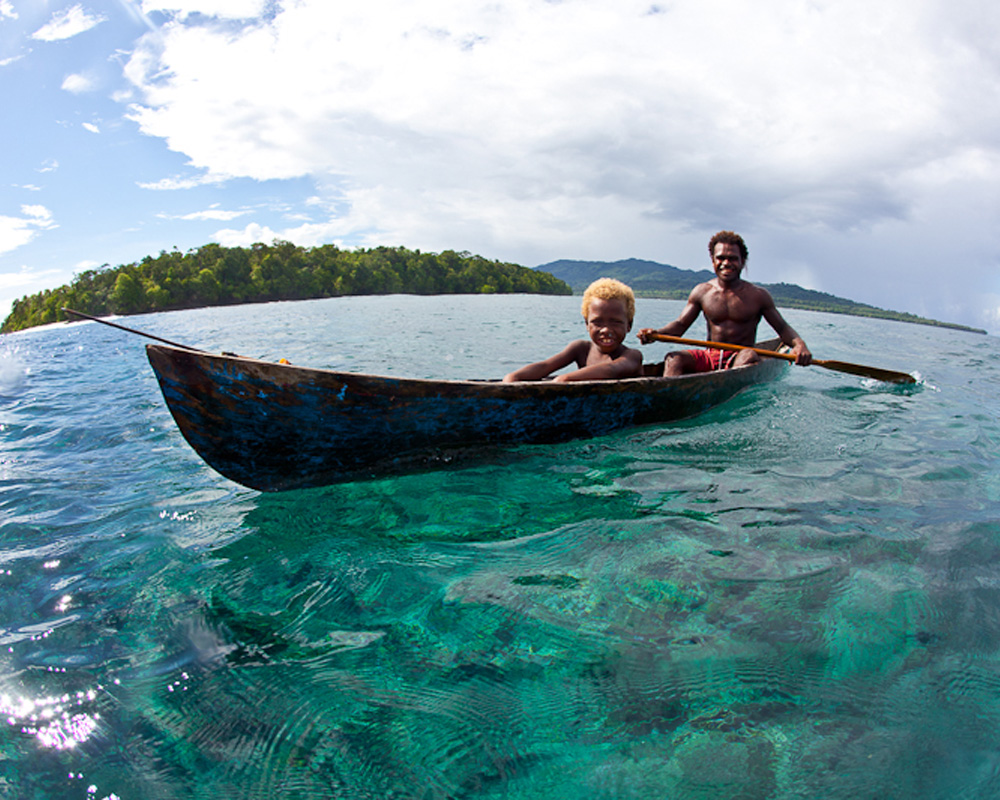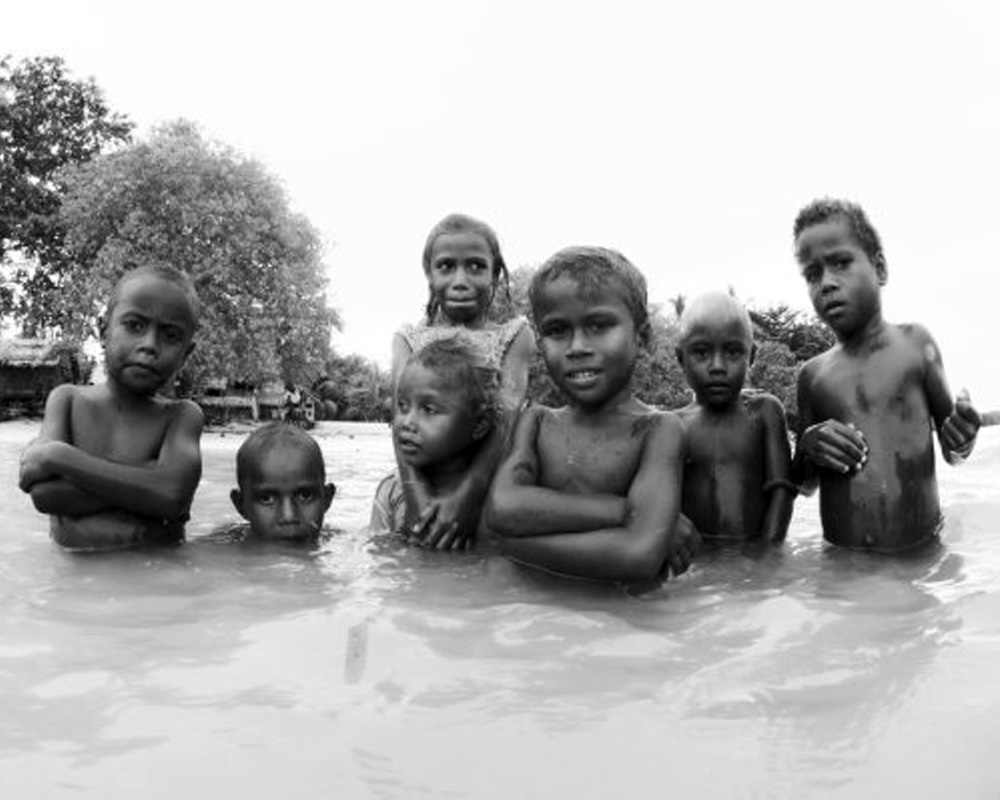SOLWATA haS CLOSED
The Surf
Our local has over a dozen exclusive world class left and right surf breaks. The surf season in the Solomon Islands is October to April. Swell is usually two to six feet but can be bigger, the best swell comes from long period north Pacific lows. We offer a surf zone with a very wide swell window open to the full range of North East to North West and East to South East swells. It’s a rare day that we cannot find a quality wave to surf. There are no crowds and our groups will be the only people surfing the area.
BREAKS
Kofiloco
A beautiful river mouth wave breaking on river stones ideal for long boards and fish type boards. Likened to Noosa point for its perfect long boarding shape. As featured in Pacific Longboard magazine some years ago. It’s a consistent spot that almost always has a small wave.
Piccininies
A consistent right breaking close to a very scenic village. Expect the whole village to come out and join in surfing on bits of timber! A fun wave.
Charlies Right
A very consistent right hander that breaks on incoming tides almost every day. Its a short, fast wave with a number of walling sections and an easy barrel. Very fun when its small and even when the swells up it does not get as heavy here as some other nearby breaks.
Tai
This reef passage is a real swell magnet and there is pretty much always a wave to be had on the incoming tide here even if its flat everywhere else. It breaks more like a beach break with shifting left and right peaks. On a good day there can be some fun, peaky and fast waves. Its surfable up to 4 foot. On the inside is a magic hollow left called Beacons that breaks when the swell is up and is offshore in conditions when many other waves are blown out. Tai is consistent and is often a wave surfed on our trips. It can be a long fast right hander and often has left peaks as well.
Arekwoa
A fun left that works on more easterly swells.
Eadu
Is a long peaking left which at its best goes through 4 distinct bowling and then reforming sections. At mid to high tide this is an easy walling wave that can handle large swells. On low tide this is a heavy, slabbing wave. When its big this is a very serious wave.
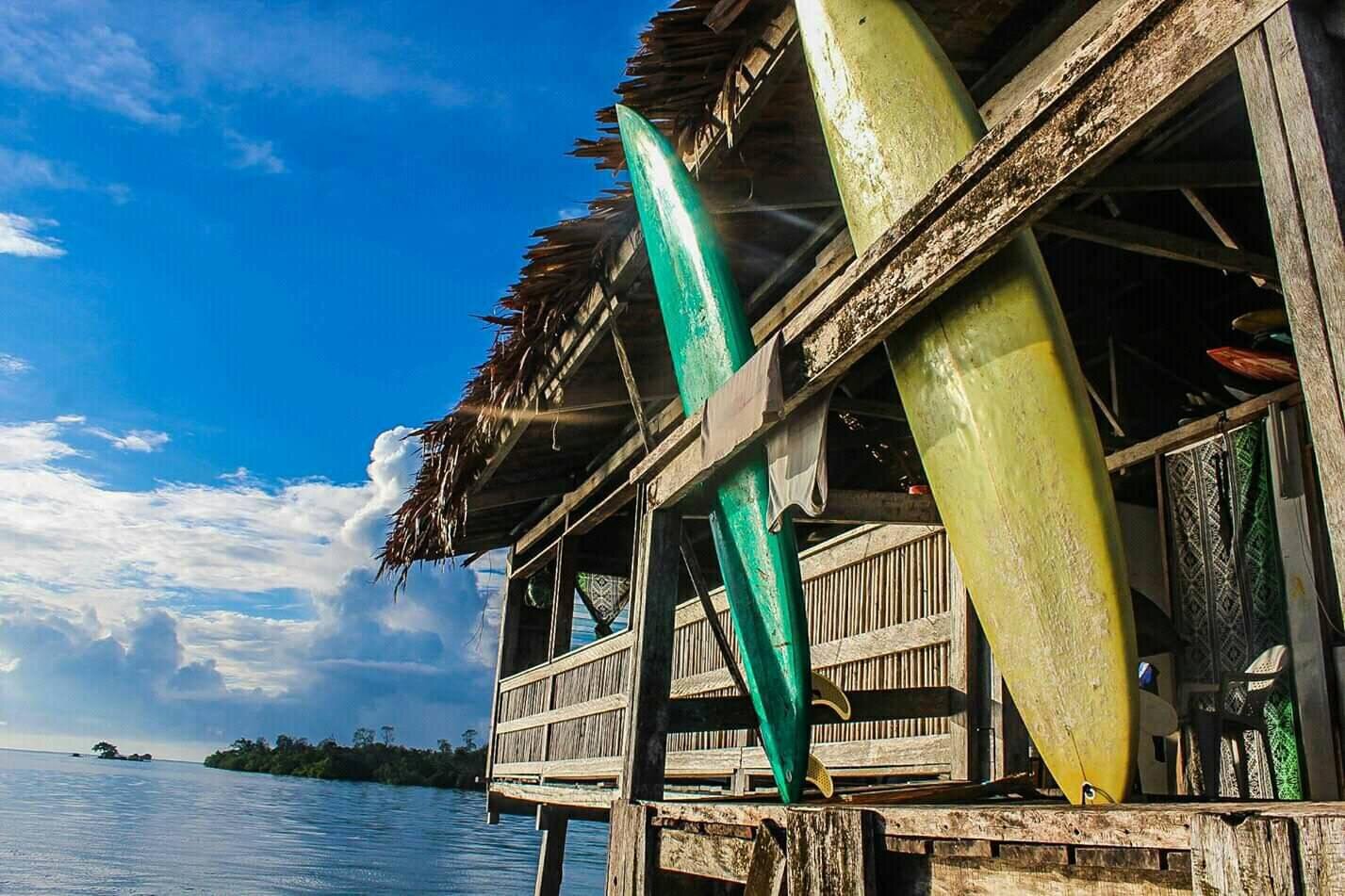
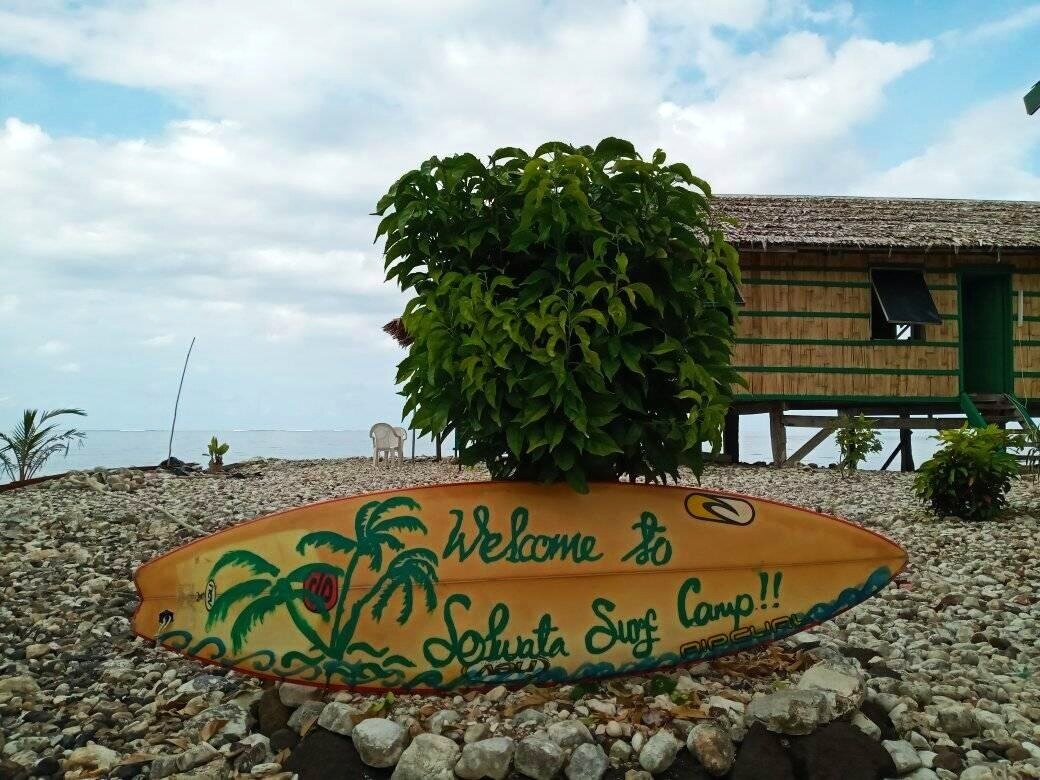
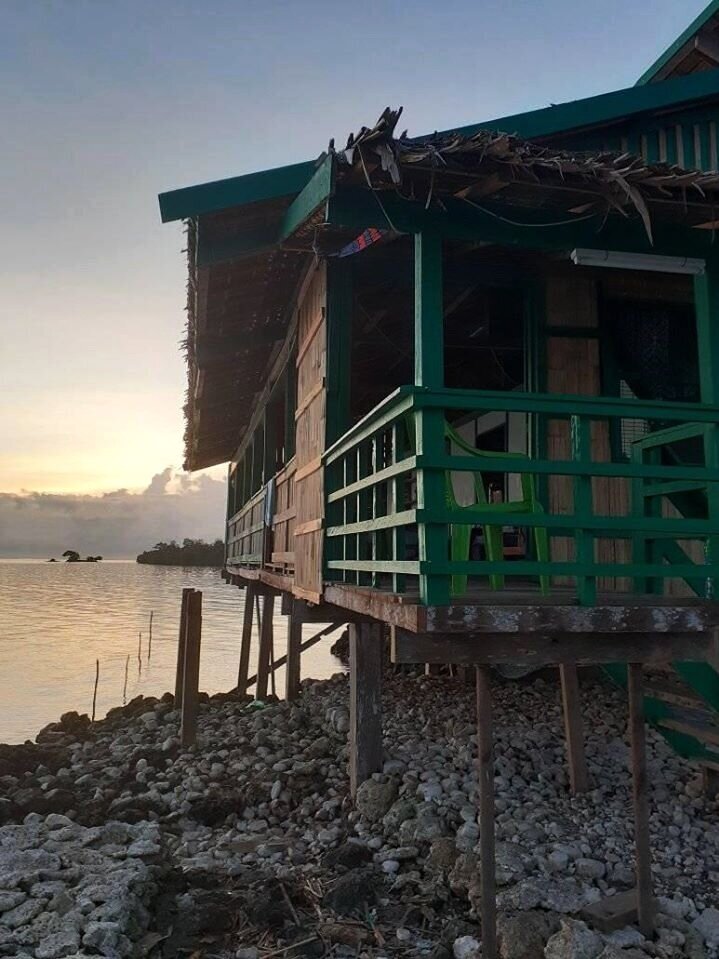
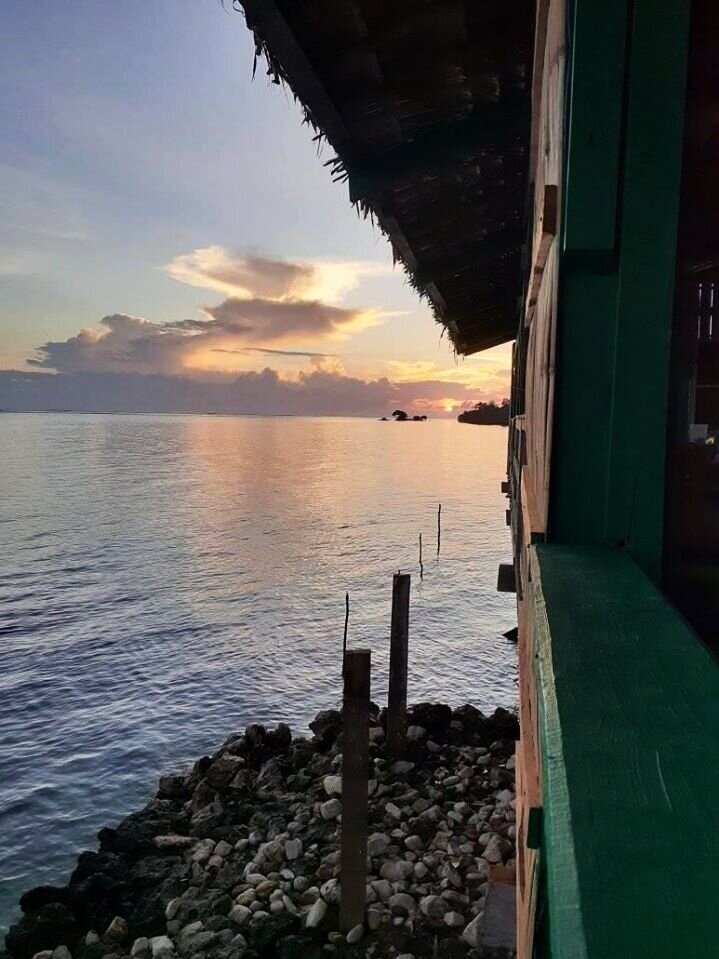
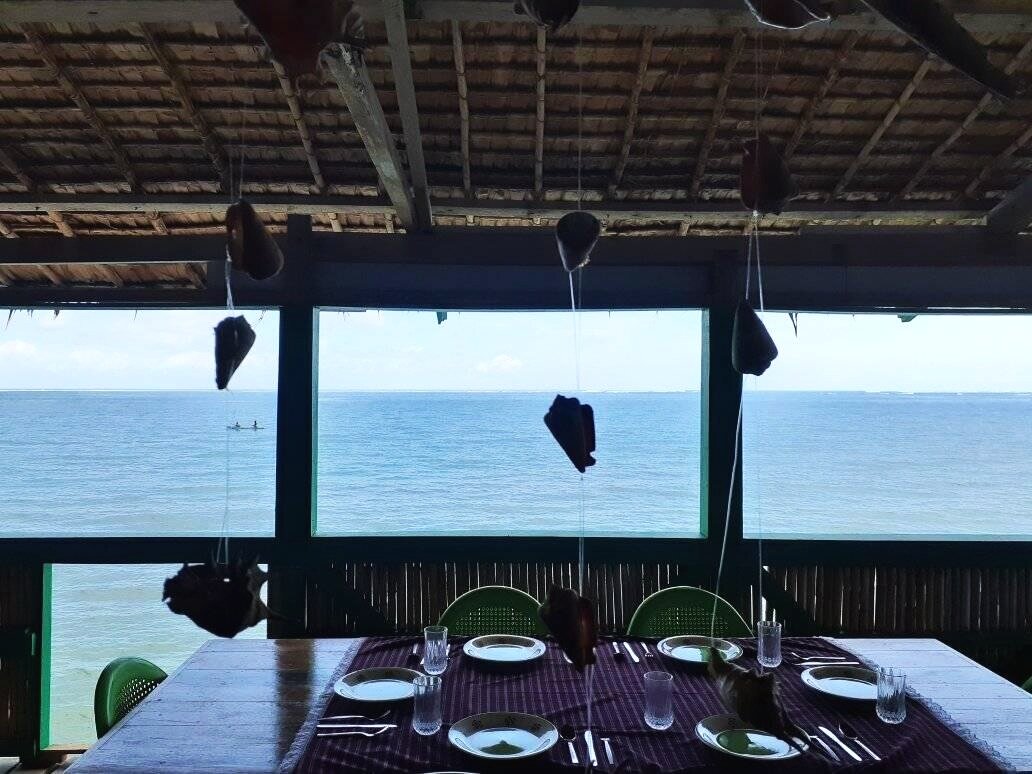
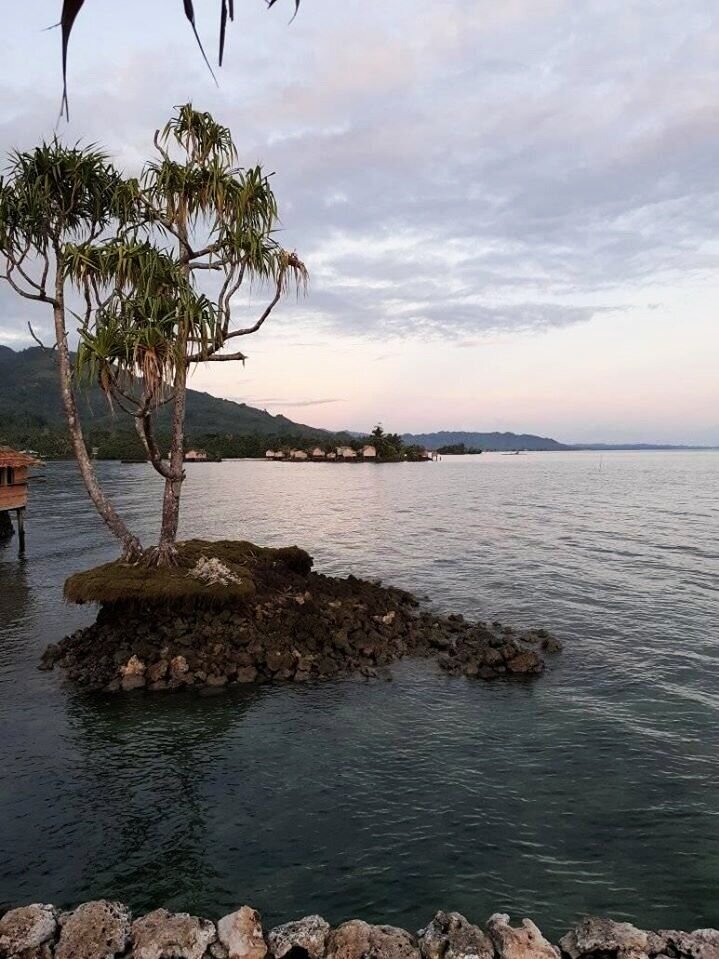
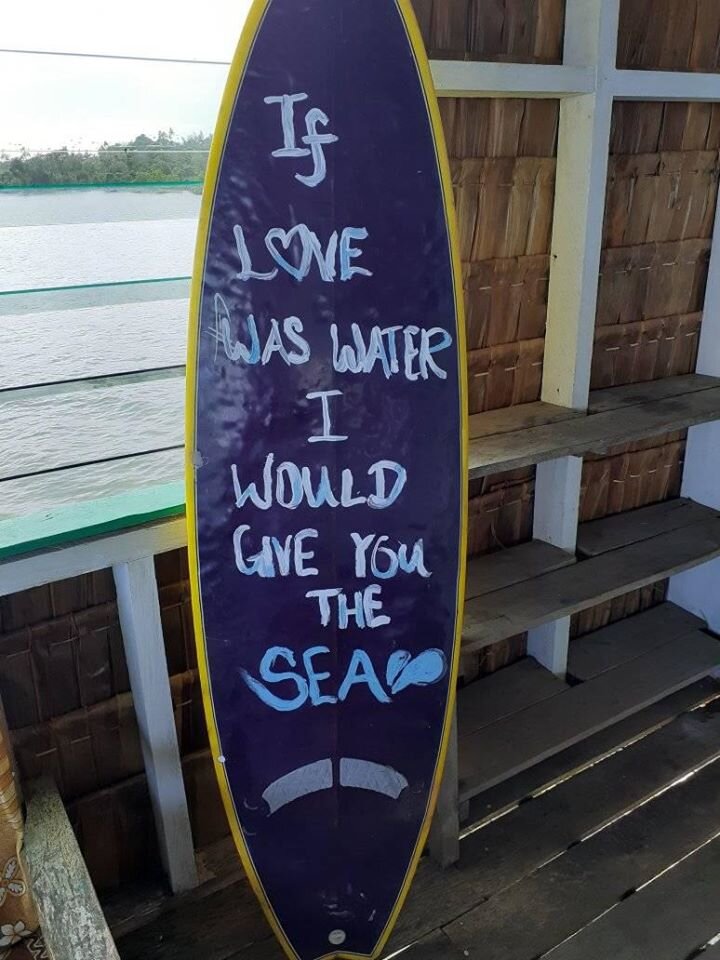
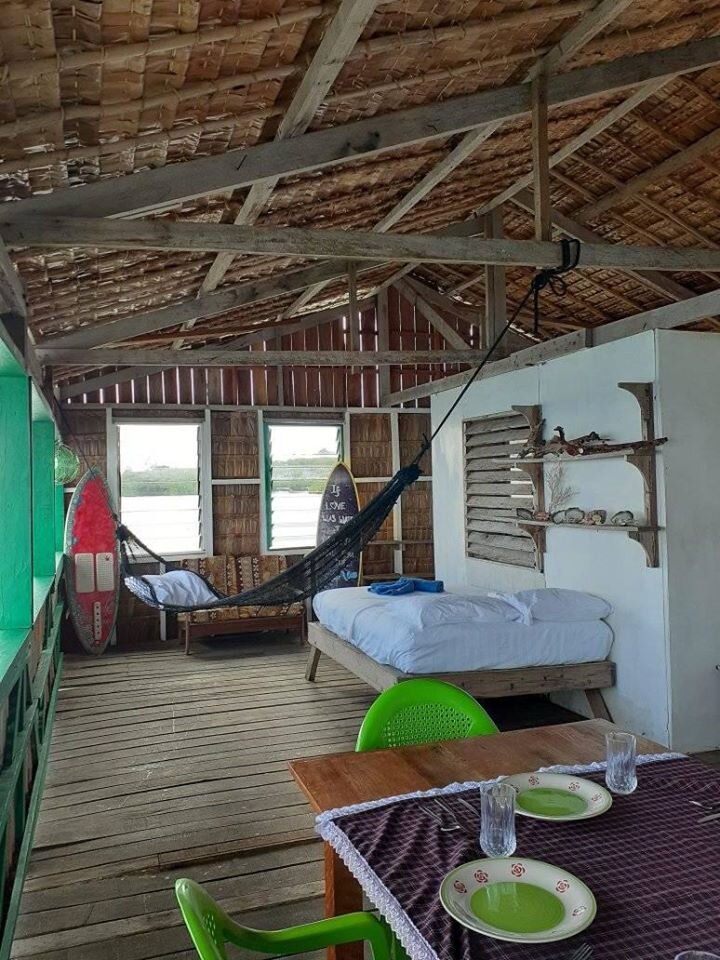
Food
DELICIOUS ORGANIC LOCAL FOODS
On tour all meals are included from when we pick you up through to when we get back to Honiara. Delicious, organic food is provided where possible. This is based on fresh local ingredients from local organic farms and small scale fishermen, cooked with a mix of traditional and outside influences. Many of our clients have commented that it was a very unexpected surprise to them to have such good food in such a remote area. We can cater for vegetarians and other dietary needs so let us know.
Breakfast
Tropical fruit, fried eggs or omelette and plantains, banana pancakes
Lunch
Fish and taro or kumara chips, nori rolls,coconut curry fish with steamed rice, Thai style spicy green papaya salad, fresh tuna barbeque.
Dinner
Traditional ‘motu’ fish and potatoes baked on hot stones, fish kebabs and salad, sushi, vegetable curry soup, yam soup with coconut milk and fish, pasta, stir fry greens with fish or chicken w ginger and garlic.
Snacks
Green coconuts; fresh tropical fruit; coffee and tea, fresh ground hot cocoa for dessert.
This is a guide only and menu can change.
The Villages
Rural Solomon Islanders live an eclectic mix of traditional and more modern ways. Most are subsistence farmers and fishermen – growing their own organic food, fishing and selling what they have extra as surplus in local markets. They also grow some export crops like coconuts and cocoa – a tenuous connection to our global economy despite their remoteness from it.
In the villages there are no roads, no telephones, no shopping centers, no access to electricity, very limited use of fuel and little presence of any kind of government. Yet despite the lack of modern conveniences these communities are well organized, provide their own services, maintain beautiful villages and have a very rich and diverse culture.
Local people have a rich knowledge of and make practical use of their environment – their forests, land, gardens, reefs and ocean. Most houses are made in the traditional way from materials such as round poles and sago palm thatch. They are beautiful, cool and comfortable. Villages range from secluded hamlets to man-made ancient artificial islands in the lagoon.
While this beautiful environment and rich culture is fascinating for us as outsiders, local people face many challenges. The lack of services, such as very limited education and health, and the difficulty associated with getting to urban markets means that cash incomes are very low. Solomon Islanders aspire to improve their lives. At present they have few options and often resort to selling their resources in an unsustainable way through logging or migrating to urban shanty towns in the hope of creating a better life.






